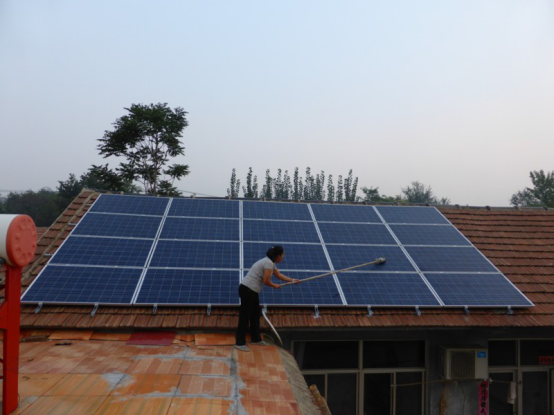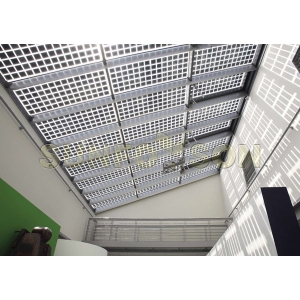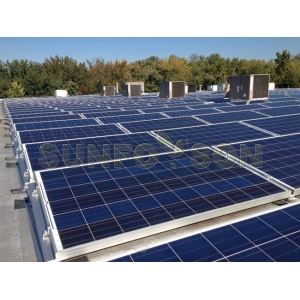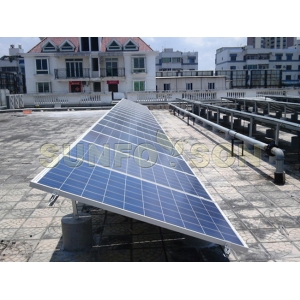
Argentina may soon have its first regulatory framework for distributed generation from solar and renewable energy sources.
According to the local renewable energy industry body Cámara Argentina de Energías Renovables (CADER), the Committee for Energy and Fuels at the Chamber of Deputies has reached an agreement for a unified text of the future law, which is expected to authorize the sale of excess power to the grid from renewable energy power generators for residential, commercial and industrial use solar mounting system.
In order to accelerate the legislative process of the new law, the Committee for Energy and Fuels and the Committee for Finance and Budget will discuss details of the new regulation in a plenary meeting that will take place at an unspecified date in August.
“We support the new law draft as it establishes a conceptual change in the energy system, which will enable us to bring together production with consumption,” said the president of CADER Marcelo Álvarez. The association has urged the Parliament to approve the law by the end of this year.
The law draft was already approved by several MPs over the course of this year: Juan Carlos Villalonga (Cambiemos), Luis Bardeggia (Frente Para la Victoria), Néstor Tomassi (Bloque Justicialista) , Gustavo Bevilacqua (Federal Unidos por una Nueva Argentina), and Jorge Taboada (Chubut Somos Todos).
Argentina is currently supporting solar and renewables through an auction scheme for large-scale projects. In the two tenders held last year, the country’s Ministry of Energy and Mines selected 59 projects with a combined capacity of 2,423 MW solar mounting structure. Overall, 916 MW of solar projects were awarded through the two bidding rounds.
Round 2 of the RenovAr program is expected to be launched this year. Through this round, the Argentinean government expects to allocate around 1.5 GW and 2 GW of renewable energy generation capacity.
Currently, renewables represent 1.8% of the energy mix in Argentina. The country has set an objective of having renewables make up 20% of its energy mix by 2025.















